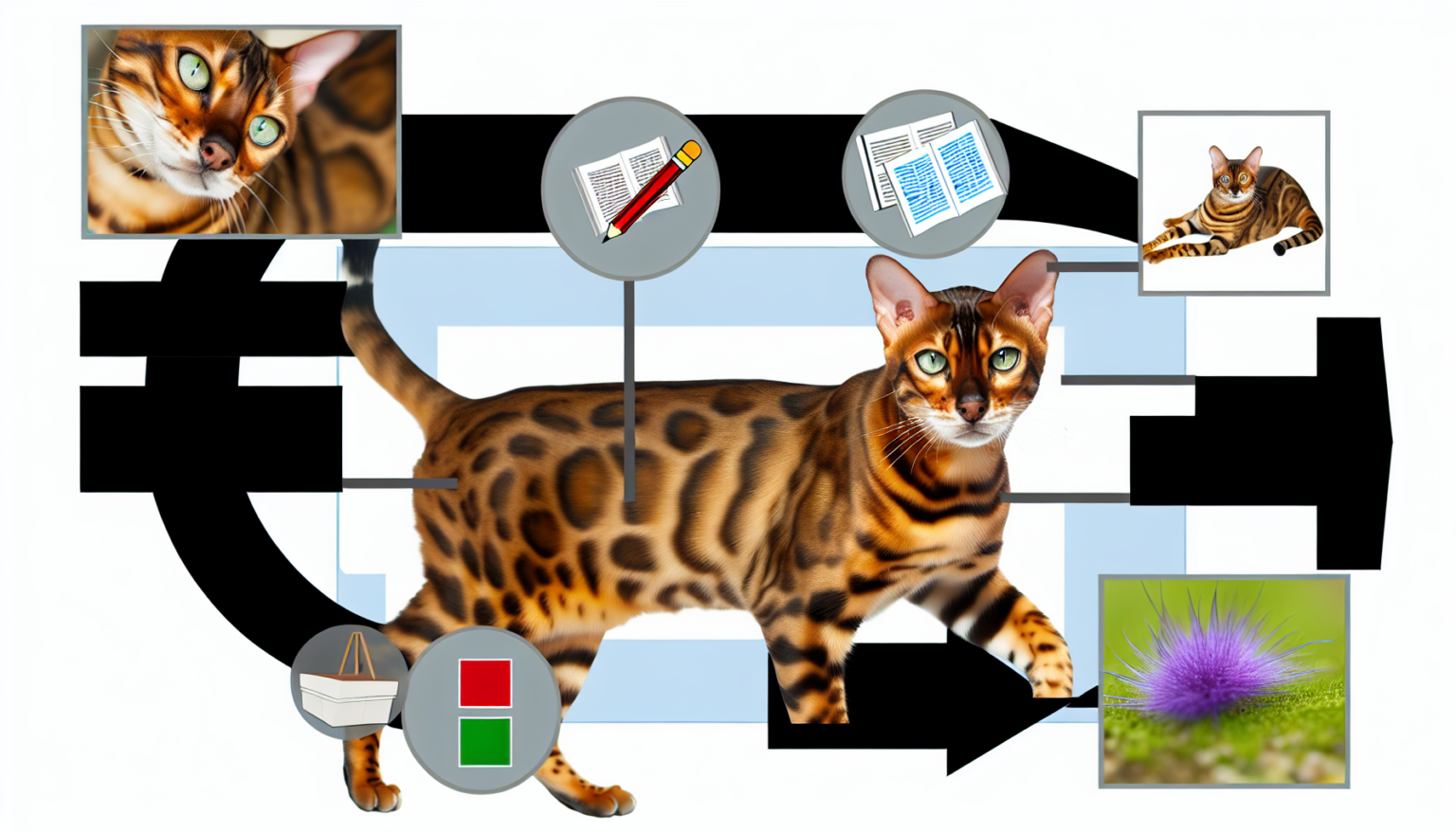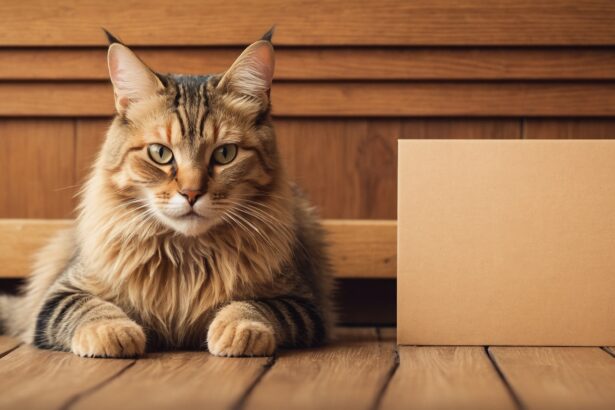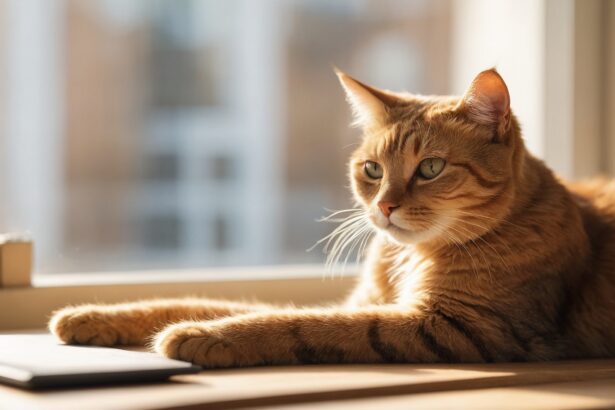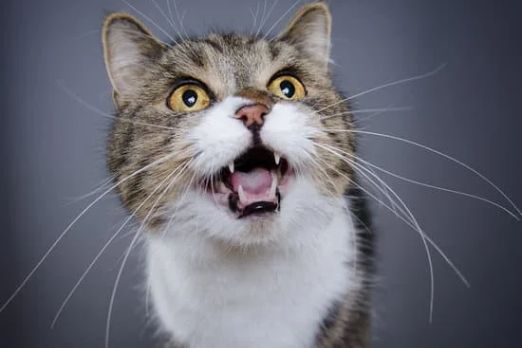Bengal cat: a wild look with a velvet heart
Athletic, mischievous and dazzling in the sunlight, the Bengal cat is the perfect blend of jungle chic and couch cuddle. Yes, that leopard coat comes with a very tender purr.
Thinking about welcoming this mini “wildcat” into your home? Here’s everything to know for a smooth life together, from personality and care to the perfect home setup.
Quick home tip: think vertical. A smart climbing route and a sturdy perch make all the difference. Not sure where to start? See how to choose and place the right cat tree for an energetic Bengal.
Origins and history
Tamed wild roots
The Bengal began as a cross between domestic cats and the Asian leopard cat (Prionailurus bengalensis). Early breeding programs in the late 20th century aimed for a cat with a wild look and a family-friendly temperament.
Today, the Bengal is a fully domestic breed known for its striking coat and bright, busy mind. Curious about the backstory? The overview on Wikipedia gives a clear summary.
Looks that turn heads
Patterns, build and that famous “glitter”
Muscular and streamlined, Bengals move like tiny athletes. Coats are spotted/rosetted or marbled, in shades like warm brown, snow, charcoal and, more rarely, bluish tones.
Surprising fact: some Bengals have a natural “glitter,” a shimmering effect on their fur that catches the light like stardust. It’s a jewel of a cat, literally.
Eyes are keen, usually green or gold, with a thick tail often tipped darker. Want to see the world through feline eyes? Explore how cats actually see and what that means for play and home layout.
Temperament and daily life
Agile, curious, and very attached to you
Bengals are clever energy in motion. They love climbing, puzzle feeders, and following you from room to room with tiny commentary.
They’re people-oriented and blossom with daily interaction. In return, expect high-intensity play sessions and generous purrs; here’s what purring really says about your bond.
Everyday tips for harmony
- Original practical tip: set up a “two-tower route” — place a tall cat tree near a sunny window and add wall shelves to connect it to another perch. Your Bengal gets a mini parkour course without taking over the whole room.
- Evening treasure hunt: hide tiny portions of dry food in 3–4 easy spots to encourage foraging and slow meals. Bonus: calmer nights.
- Common mistake to avoid: don’t punish a Bengal for climbing or scratching; it fuels stress and rebounds the behavior. Offer irresistible alternatives instead — multiple stable scratchers and vertical paths — and redirect consistently. Need couch-saving ideas? Try these anti-scratch strategies.
- Water play: many Bengals are fascinated by water. Offer a shallow basin or a gentle tap stream and keep a towel nearby just in case. Wondering why cats and water have such a complicated story? Read the truth about cats and water.
Care and specific needs
Food, grooming and health
Fuel that athletic body with high-quality, protein-rich meals. Split portions across the day or use puzzle feeders to burn brain and body energy at once.
Hydration matters: a fountain can encourage drinking. Grooming is light — a weekly brush, claw trims, dental care and regular vet checks keep things on track.
Litter comfort helps prevent “oops” moments. Choose a roomy box with higher sides and a low-dust clumping substrate. Not sure which to buy? Here’s the ultimate litter guide.
Enrichment: the calm within the storm
- Vertical territory: cat trees, shelves, window hammocks.
- Daily play: feather wand, fetch, and chase games in short, intense bursts.
- Food puzzles and scent work: snuffle mats, rotated toys every 3–4 days.
A busy Bengal is a breezy Bengal. Enrichment prevents boredom, protects your furniture, and deepens your bond — all while easing stress. Need a little help soothing nerves? Try these gentle stress-calming tips.
Myths and real needs
Domestic, yes. Wild, no.
Despite the “wild” wardrobe, Bengals are domestic cats with high energy and a big need for play, predictability and people-time. Routine is your best friend.
With respectful kids and other pets, Bengals can be wonderfully social. Take introductions slowly, offer safe perches and play mediator; here’s how to introduce a new cat without conflict.
FAQ about the Bengal cat
Are Bengal cats good apartment cats?
Yes — if you go vertical and schedule daily play. Think shelves, a tall tree and interactive sessions to satisfy their explorer’s heart.
Are Bengals hypoallergenic?
No breed is guaranteed hypoallergenic. Some people react less to Bengals, but always test time together before adopting if you’re sensitive.
Do Bengals get along with children and other pets?
They can, provided they have respectful handling, high retreats, and patient, staged introductions. Supervised play and clear rules help a lot.
What budget should I plan for a Bengal cat?
Beyond the adoption price, plan for quality food, a solid cat tree, puzzle toys, litter, preventive vet care and insurance if possible. Enrichment is a real line item — and worth it.








